For years, tech visionaries have talked about a future transport industry comprised of driverless vehicles. At Volvo Autonomous Solutions, the future of commercial autonomous transport is arriving.
It’s still early days for autonomous trucks, but the industry is already changing rapidly. A large number of players entered the market at the beginning of the decade, many of them start-ups with varying degrees of experience in actually building a Class 8 tractor. Not surprisingly, there was early hype and hyperbole, from the new-to-transportation companies, but this year has already seen a number of those entrants step back. Now the field is clearing for serious players to tackle the issues of developing autonomous for commercial use.
That’s where Volvo Autonomous Solutions (V.A.S.) enters the self-driving vehicle discussion.
“We are aiming for an industrialized, scalable solution,” says Sasko Cuklev, Head of On-road Solutions for Volvo Autonomous Solutions. “So, all the trucks you see that are showing off that they're first to drive coast to coast, or in the Texas triangle or wherever—I used to call it the demonstration competition. But I believe that we are, if not the leader, one of the leaders when it comes to developing the autonomy-enabled truck that you have to have in order to be in commercial operation.”
Volvo began testing an autonomous prototype in 2018 for North American long-haul applications. But the plan is for something much more than just a vehicle—the company is developing a whole ecosystem of support. This year V.A.S. has opened an office in Fort Worth, Texas dedicated to driving activities within its first autonomous freight corridors that will run Dallas Forth Worth to El Paso and Dallas to Houston.
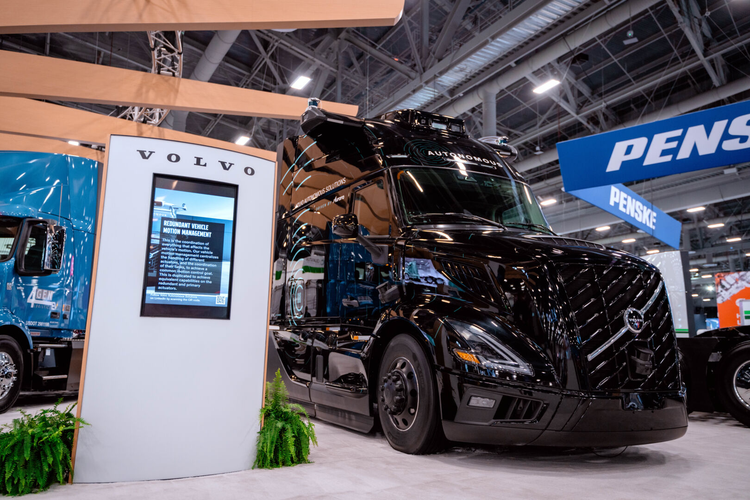
“Today, the increasing demand for freight is outgrowing capacity and solutions must be bolder, safer, smarter and more sustainable to move the world forward. With the opening of our office in Texas and start of operational activities, we are building the foundations for a transport solution that will change the way we move goods on highways,” said Nils Jaeger, president of Volvo Autonomous Solutions. “This is more than an autonomous truck – it is the AutonomousTransport Solution, which we believe will create value for the entire transportation ecosystem, all with optimized operations that reduce emissions and increase safety.”
One of the models that Volvo Autonomous Solutions will follow is Transport as a Service (TaaS). TaaS enables Volvo to create an offering for each customer that blends infrastructure, service and maintenance, and operations support, along with the autonomy-enabled vehicle and virtual driver. Ultimately V.A.S. will be providing freight capacity, rather than selling an autonomous truck.
Segment by segment
Volvo Autonomous Solutions approach the emergence of autonomous transport with pragmatism and the characteristic foresight that marks the brand’s forays into most new technologies. In an effort to determine how to best adapt autonomous technology to real-world use, V.A.S. has talked to customers, considered applications and targeted three specific areas for the development of autonomous vehicles. In the first sector—mining and quarries—V.A.S. already has experience running fully autonomous transport operations. The two other areas that rose to the forefront are ports and logistics centers, and hub-to-hub highway.
“[Start-ups] have to show that the things are happening. We don't have that need in the same way. The maturity of our operation is clearly an advantage.”
Sasko Cuklev, Head of On-Road Soultions for Volvo Autonomous Soultions

Creating an autonomous truck requires the development of redundancy in the systems,” says Magda Collado, a Business Development Manager for Volvo Autonomous Solutions, who has been with the Volvo Group since 2018. “We can’t simply augment a current vehicle. We have to create backups for our safety systems, powertrain components, and more for this to be a viable solution for our customers. We are not building trucks for the sake of demonstration. What we're doing is building all the puzzle pieces that are necessary and doing those in the proper way, so that we can scale.”
“Creating an autonomous truck requires the development of redundancy in the systems.”
Magda Collado, Business Development Manager for Volvo Autonomous Solutions
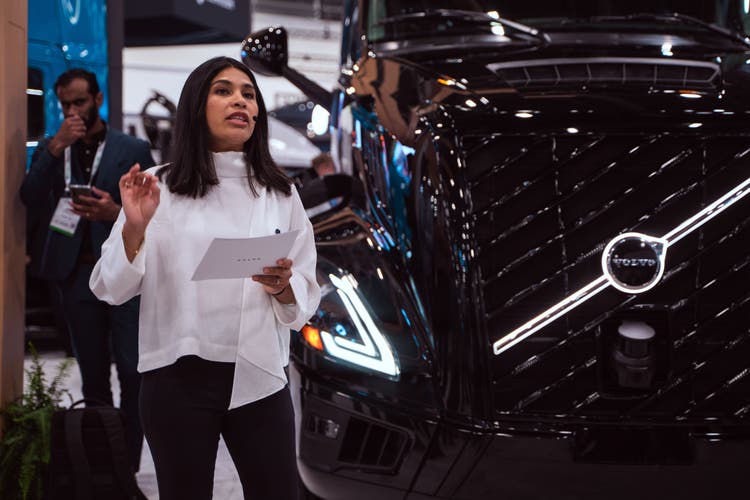
A holistic system
In simplest terms, autonomous trucks use sensors—mostly in the form of cameras, radar and LIDAR—to “see” road conditions and continually feed information to onboard computers. The computers make millisecond by millisecond decisions that control how the vehicle should act; if it should steer, accelerate, or any other operation that the driver would have performed based on information gathered. But the sensors are only the starting point for the autonomous VNL.
Volvo intentionally designs their vehicles with redundancies, to ensure all parts work together for safe operation. From the sensors to the drivetrain, each component must be capable of compensating for issues that could arise during operation. For instance, if a camera fails in route, the system must be able to detect that some vision is impaired and take the safest course of action possible using other types of sensors.
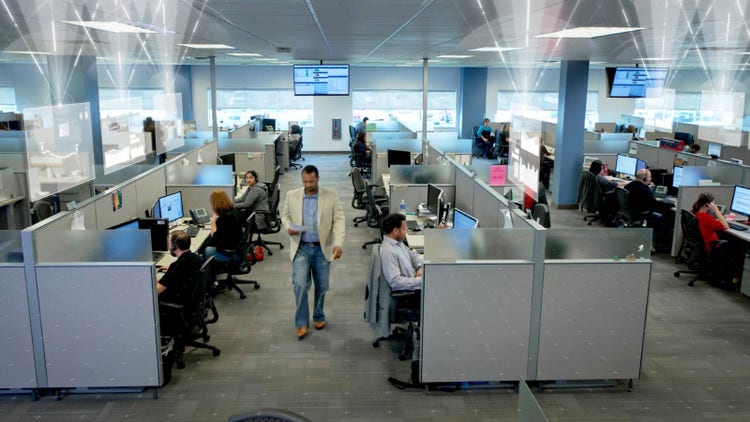
Volvo Autonomous Solutions is focused on developing autonomous vehicles that adhere to the Society of Automotive Engineers (SAE) Level 4 standard. According to SAE, Level 4 vehicles are capable of driving in specific areas under defined conditions. An example of this could be the current European autonomous Volvo FH models that operate on a specific customer site and under certain weather conditions. Level 4 vehicles do not require human drivers to take over control of the vehicle.
On North American highways, V.A.S expects to operate in a hub-to-hub model where autonomous trucks take on the highway portion of the driving, operating all hours of the day and night between transfer hubs while human drivers complete local operations. “We're doing this of course in steps,” says Cuklev, “We will start with autonomous driving with the safety driver and mature the solution. And when we feel ready with that, we will remove the safety driver. Exactly when that will happen, we don’t know yet.”
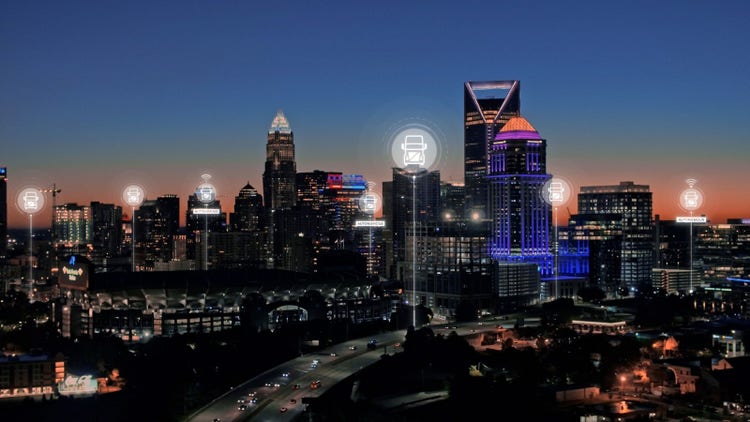
Safety first
One obstacle facing autonomous trucking is public perception—OEMs must convince the public and authorities that driverless vehicles are safe. Safety is the first consideration in any Volvo initiative, which is why the company chose the proven VNL as the initial platform for automation in North America.
“The VNL is already a very safe vehicle—one of the best in class,” says Collado. “For this project, we're going further, enhancing the safety systems.” This reinforces the idea of a complete system working together for safer operation. For instance, redundant braking systems are being designed to make absolute certain the vehicle will maneuver to a safe stop even if one component becomes compromised during operation.
Thinking bigger than the vehicle
The arrival of autonomous Class 8 tractors requires the development not just of the vehicle, but of an entire infrastructure. In the case of autonomous vehicles, some of that infrastructure will live in the cloud.
“We need an overall solution from which you monitor, you do the dispatching, you connect to the fleet management system and to the customers transport management systems,” says Cuklev. “You do the planning, the routing, all of that is done through a master system that’s in the cloud.”
On the ground there are additional considerations that Volvo is creating solutions for. There are repair and maintenance services to plot out, pre-trip and post-trip inspections, handling gates at a hub, and creating a payment solution that simplifies the process for customers. As a result, driverless vehicles may change the business model for some transport companies.
Volvo Autonomous Solutions has identified key customer segments to partner with for hub-to-hub operations, determining the best ways for bringing autonomous trucks to market. Global logistics company DHL Supply Chain, for instance, is partnering in a pilot program to test the V.A.S. hub-to-hub autonomous solution.
The future deployment of Class 8 Volvo VNL autonomous trucks will be DHL’s first TaaS operation globally. As a diversified logistics service provider and carrier with a holistic view of global supply chains, DHL represents an ideal early adopter of autonomous truck technology.
“DHL is excited to partner with a leading-edge transportation company in Volvo Autonomous Solutions. We are full-speed-ahead on the adoption of the next wave of transportation solutions including autonomous trucks and confident that global leaders like Volvo will help to accelerate their development,” said Jim Monkmeyer, President, Transportation, DHL Supply Chain North America.
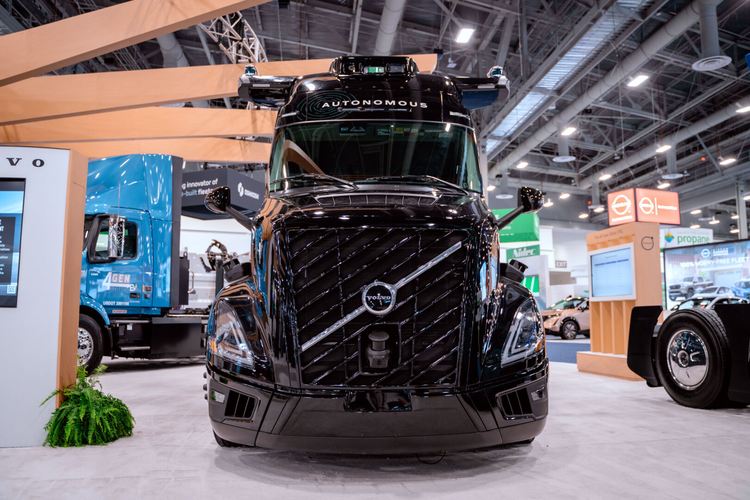
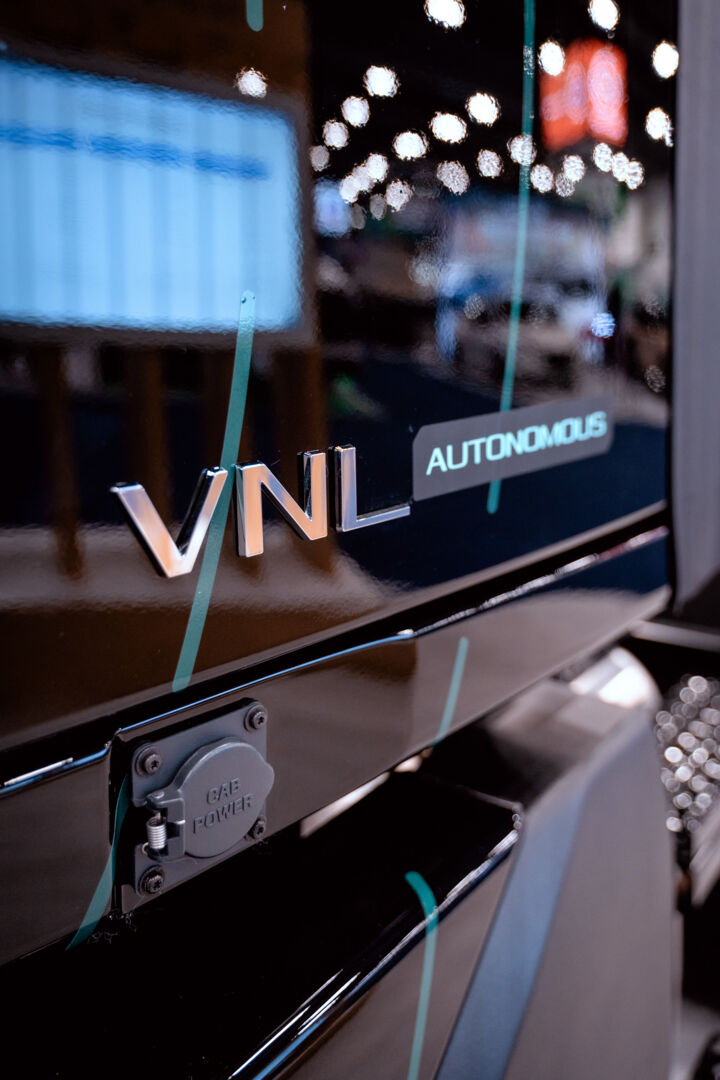
Transport as a Service and other driverless benefits
One potential change to the transport business model is the offering of Transport as a Service. By developing an entire autonomous ecosystem, V.A.S. can provide customers a transport service. Rather than buying trucks for hub-to-hub transport, customers can buy freight capacity on a specific lane, then use their own vehicles for first and last-mile delivery. TaaS is one of several new product offerings that Volvo Autonomous Solutions may bring to market.
Autonomous trucks will be able to run without hours of service restrictions and should optimize operation in off-peak hours, allowing more flexible and efficient route planning. This results result in fewer empty miles for fleets using autonomous solutions.
Another obvious benefit comes in the way autonomous vehicles help address the driver shortage. Freight demand is expected to increase faster than the number of drivers joining the profession in coming years. Autonomous trucks from V.A.S. can address this gap. These autonomous trucks should also make the jobs for existing drivers better. Self-driving vehicles can easily handle less desirable long-haul routes, so drivers can stay closer to home handling local and regional delivery roles. These more appealing driving positions should attract newcomers to the industry.
“Autonomous vehicles should mean we won’t need as many human drivers going coast-to-coast and being on the road for weeks at a time. Drivers won’t have to be away from their families for so long,” says Collado. “It opens up trucking for those that need to stay close to family and people who just want to come back home after a day of work and have dinner with their kids.”
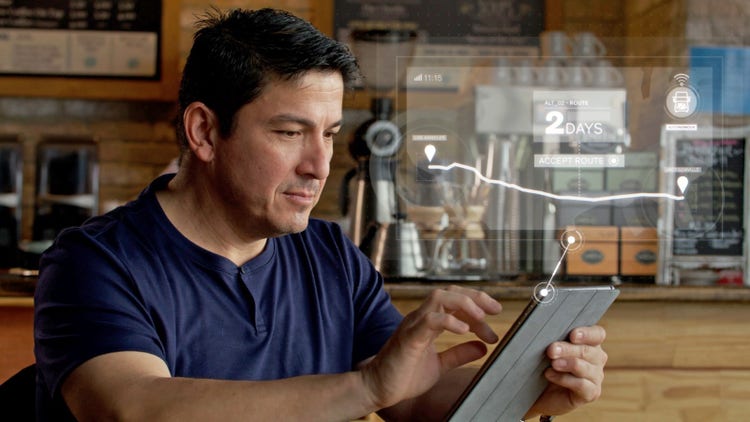
Autonomous vehicles can also be more fuel efficient than human driven trucks. Virtual drivers promise highly efficient shifting patterns, reducing fuel costs over long runs. Lower fuel use also means lower emissions and a smaller climate footprint.
“Our long-standing customer base and their priorities are at the forefront of our path forward in shaping autonomous trucking,” concludes Jaeger. “We strongly believe in a future in which safe, sustainable, efficient transport solutions are essential for any society to prosper, and autonomous commercial trucking is an important piece of that transformation.”